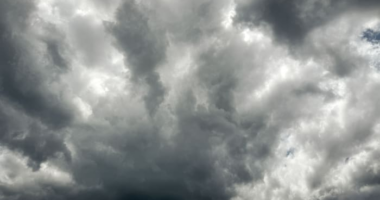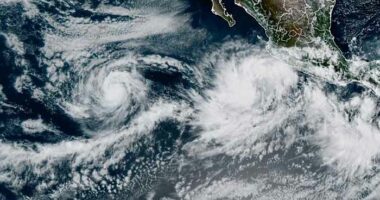Share this @internewscast.com
Jeff Berardelli is WFLA’s Chief Meteorologist and Climate Specialist
TAMPA, Fla. (WFLA) — Most years, we say it could happen here. In 2024, it did. The most significant storms were Helene and Milton, striking just 13 days apart. These hurricanes differed vastly, impacting various parts of Tampa Bay.
Helene developed into a tropical storm on Sept. 25, tracking along Florida’s west coast. By the following day, it upgraded to a category 4 hurricane, only 100 miles from Pinellas County.
Just past 11 p.m., it struck land near Perry, still a formidable category 4 with winds reaching 140 mph — marking the strongest landfall in the Big Bend since records have been kept.
Small communities like Cedar Key were battered with wind and 10 feet of surge. One in four homes in Cedar Key were destroyed.
With Helene’s core so far offshore, many Tampa Bay residents were shocked as coastal communities were inundated by the highest surge in 100 years. As seen in the below image, several feet of water pushed into homes.

Helene ended up being the deadliest hurricane to hit the U.S. since Katrina. Although most of its casualties were not in Florida.
As the storm swept into the Southeastern U.S., it delivered an astonishing amount of rain to the southern Appalachian Mountains. Up to 30 inches of rain slammed the mountains, triggering landslides that swept into the valleys, swelling rivers, and washing away entire communities.
Then, just days later, the next threat emerged: Hurricane Milton.
It started with a tropical depression on Oct. 5, then a hurricane on Oct. 6, rapidly intensifying to category 5 on Oct. 7.
Milton was one of the strongest hurricanes ever recorded in the Atlantic Basin, and although it weakened as it approached Florida, it still made landfall as a major category 3.
Milton’s landfall at Siesta Key around 8:30 p.m. on Oct. 9 followed tense hours of watching every wobble on the Max Defender 8 Wobble Tracker.
A slight jog to the north would have brought the storm’s intense south-side winds into Tampa Bay, powering a worst-case-scenario surge event unlike anything we’ve experienced in centuries.
Instead, Milton went just far enough south for its winds to push water out of Tampa Bay. But the surge to the south was severe, reaching 10 feet at Manasota Key.
Milton’s biggest impact on Tampa Bay was torrential rain and a prolonged flood event in Pinellas, Hillsborough, and especially along the Withlacoochee River.

In all, 27 people lost their lives to Hurricane Milton, all of them, in Florida.















